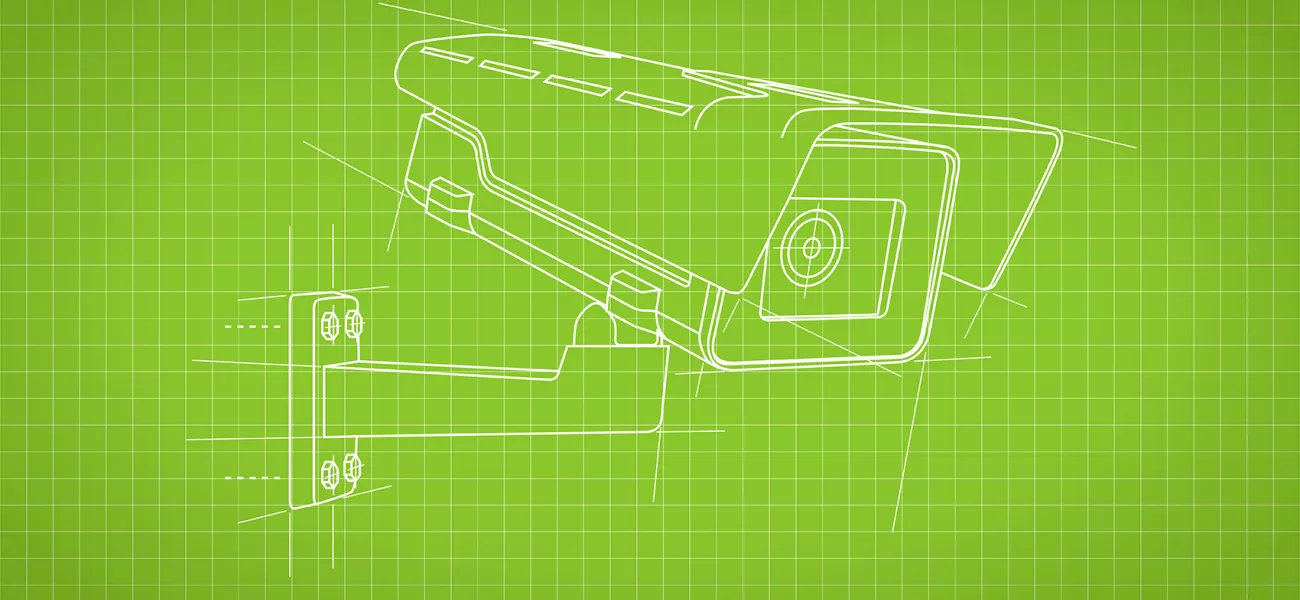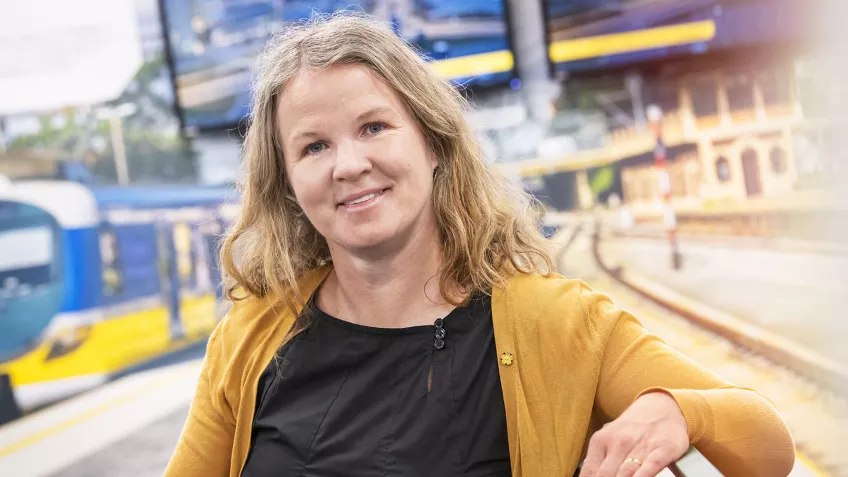
So-called eco-innovation is getting essential for manufacturers to deliver on current trends and customer demands. Axis is increasingly focusing on green design, using recycled materials and phasing out hazardous substances, to act responsibly in line with the UN Sustainability Development goals.
Sustainability is one of the current megatrends. Unsurprisingly, as climate change affects us all. And just as we are all part of the problem to various degrees, we can also be part of the solution.
Indeed, increasing customer awareness is driving change, as is pressure from non-governmental organizations (NGOs) and industry-sponsored initiatives that advocate stricter guidelines for manufacturers.
The UN Sustainability Development Goals (SDGs) also plays an immeasurable part. Many organizations support SDGs by taking responsibility and acting more proactively to make their business more sustainable.
Selecting sustainable materials is essential
“Selecting sustainable materials is one of the focus areas of green design,” says Ausra Reinap, Senior Environmental Engineer at Axis Communications. “We’re striving to use more recycled materials and aim to minimize and, eventually, avoid the use of hazardous substances in our products. With the development of cameras that are free of hazardous brominated and chlorinates flame retardants, without compromising fire safety ,we have taken the first step towards this goal.”
Ausra is a member of the Axis Green Design Group, which was formed back in 2012 to support the company’s move to more eco-friendly products. Bringing together different competencies from design, environment and quality, the group aims to increase environmental awareness and to motivate Axis’ mechanical designers during the development process.
Axis has identified four eco-innovation aspects:
- Material selection
- Optimize part design
- Optimize design for manufacturing
- Optimize disposal
Covering the entire product life cycle

“Green Design is a rather wide concept that focuses on how we can minimize our environmental impact,” says Ausra, “not
only throughout the value chain, but throughout the entire product life cycle.”
In 2015, Axis launched its Green Design Evaluation Scorecard to help designers integrate environmental considerations into the product development process. Ausra says that, “We know that selecting recycled materials can be a challenge, especially ones that comply with the strict UL standards which are crucial in the USA and Canada”, says Ausra.
Axis has a list of banned and restricted substances, including both substances that are already regulated by law and substances that aren’t restricted or banned yet but will likely be so in the future. “The list includes plasticizers as well as brominated and chlorinated flame retardants - or BFRs and CFRs as we call it - and it’s very important to us to not just wait for legislation, but rather be one step ahead,” Ausra explains.
Going beyond materials
Weight is essential to optimize part design. Less material means using less resources but also reduced environmental impact from transports. Another way to optimize the part design is to reduce the number of screws, or even design without screws altogether, for instance, by using snap joints instead.
Equally important is how the product is produced. Optimizing design for manufacturing means specifying the appropriate surface finishing and tolerances, which will minimize waste. Ausra points out that this can be a balancing act: “We want to optimize our processes, but without jeopardizing the quality.” This claim to ourselves made it somehow challenging because the BFR/CFR-free materials tend to be more rigid , but we found a way to solve it while being sustainable.”
Looking beyond the product usage phase, it is essential to design for optimal disposal. Making disassembly easier will simplify repair, reuse and recycling. “Optimally,” Ausra says, “we’d have a modular design that would enable a circular approach. We’re running and evaluating some initiatives, so this is something that we’re looking into.”
BFR/CFR-free product development

Senior engineer Christian Adielsson has hands-on experience of green design in a new product development project. He says, “We were starting a camera project based on a totally new platform and one requirement was that everything should be free from brominated and chlorinated flame retardants.”
“We started contacting suppliers in search of substitutes,” Christian says. “Our first approach to tackle this problem ended up being quite time-consuming as we didn’t have the proper tools to automate the process. Thus, we had to go through everything manually. The first product we launched, that had still three components in it, that weren’t BFR/CFR-free, was AXIS P1375. But we knew this was only the first step.”
About two years after starting developing AXIS P1375, the team found a way to make the camera environmental friendly by eliminating brominated and chlorinated flame retardants in all the components. But thanks to the usage of metal oxides the devices are still flame resistant.
“It’s great to see that our BFR and CFR-free camera, is a pioneer product for the network camera industry. It ensures safety and security while contributing to a greener environment.”, says Christian.
Crucial to take responsibility
Ausra concludes: “As a manufacturer today, it’s crucial that you take responsibility for sustainability, and green design is necessary to be a credible supplier. Axis has very high ambitions and if our ambition is to be the industry leader, we must reduce our environmental impact throughout the entire product life cycle.”